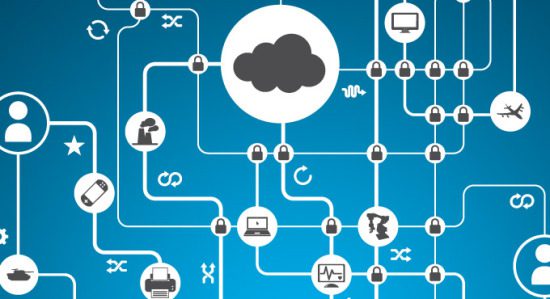As the connected world reaches 30 billion devices by 2020, service management and endpoint automation will become imperative. Rather than viewing the world as a “set of things”, enterprises will find success in the IoT of the future by addressing this new world order as a “set of services”. IoT provides the opportunity for managed services to dramatically improve their service interactions, gain more information about the users and their behaviors related to specific devices and services, and ultimately provide better support, maximize operational efficiency and reduce operational overhead. IoT is an excellent platform to extend ITSM solutions for companies of all sizes.
Featured Download: CISO Data Breach Guide
The world’s increasing connectivity depends on seamless integration between service management and client management. This translates to automating repetitive tasks for increased efficiency, predicting repairs and maintenance before a key component breakdown or making decisions based on real-time data.
What does this look like from behind the curtain? Just look at a couple of examples already in play. Early adopters of this type of automation are using next-generation ITSM solutions for efficient freight routing or redirection based on real-time congestion data to save fuel and time. And automotive plants are using sensors to reposition component parts on assembly lines to improve efficiency and reduce errors. ITSM solutions of the future will take advantage of this framework by communicating with intelligent equipment that has the ability to instantly report its own malfunctions and use predictive analysis to prevent future failures. Automating these processes will be the key to successfully managing the complex IoT infrastructure of the future.
[wp_ad_camp_4]
While legacy service desks have been structured to manage thousands of servers, PC’s, tablets, notebooks and smartphones, the number of wirelessly connected devices will mushroom well beyond this level. What does this mean for organizations delivering and supporting IT services? Ultimately, it means that companies who can harness data collected from intelligent devices populating the Internet of Things will be able to provide better services, realize greater flexibility to meet the needs of its users and reduce service costs. In summary, to enable a successful future, ITSM companies need to move from simply being a tactical service provider, to a strategic business enabler. The Internet of Things makes this possible.
By David Puglia, CMO of FrontRange
 David Puglia is the Chief Marketing Officer for FrontRange. FrontRange is a leading provider of Hybrid IT Service Management (ITSM) and Client Management software solutions for organizations of all sizes. With its suite of HEAT applications, FrontRange is the only company in the world that provides, from a single platform, Service Management and Client Management software on-premise and in the cloud. HEAT manages millions of service interactions and millions of devices every day for more than 15,000 leading organizations around the world. FrontRange customers deliver world-class service while maximizing operational efficiencies with reduced cost and complexity.
David Puglia is the Chief Marketing Officer for FrontRange. FrontRange is a leading provider of Hybrid IT Service Management (ITSM) and Client Management software solutions for organizations of all sizes. With its suite of HEAT applications, FrontRange is the only company in the world that provides, from a single platform, Service Management and Client Management software on-premise and in the cloud. HEAT manages millions of service interactions and millions of devices every day for more than 15,000 leading organizations around the world. FrontRange customers deliver world-class service while maximizing operational efficiencies with reduced cost and complexity.
The opinions expressed in this post belongs to the individual contributors and do not necessarily reflect the views of Information Security Buzz.



